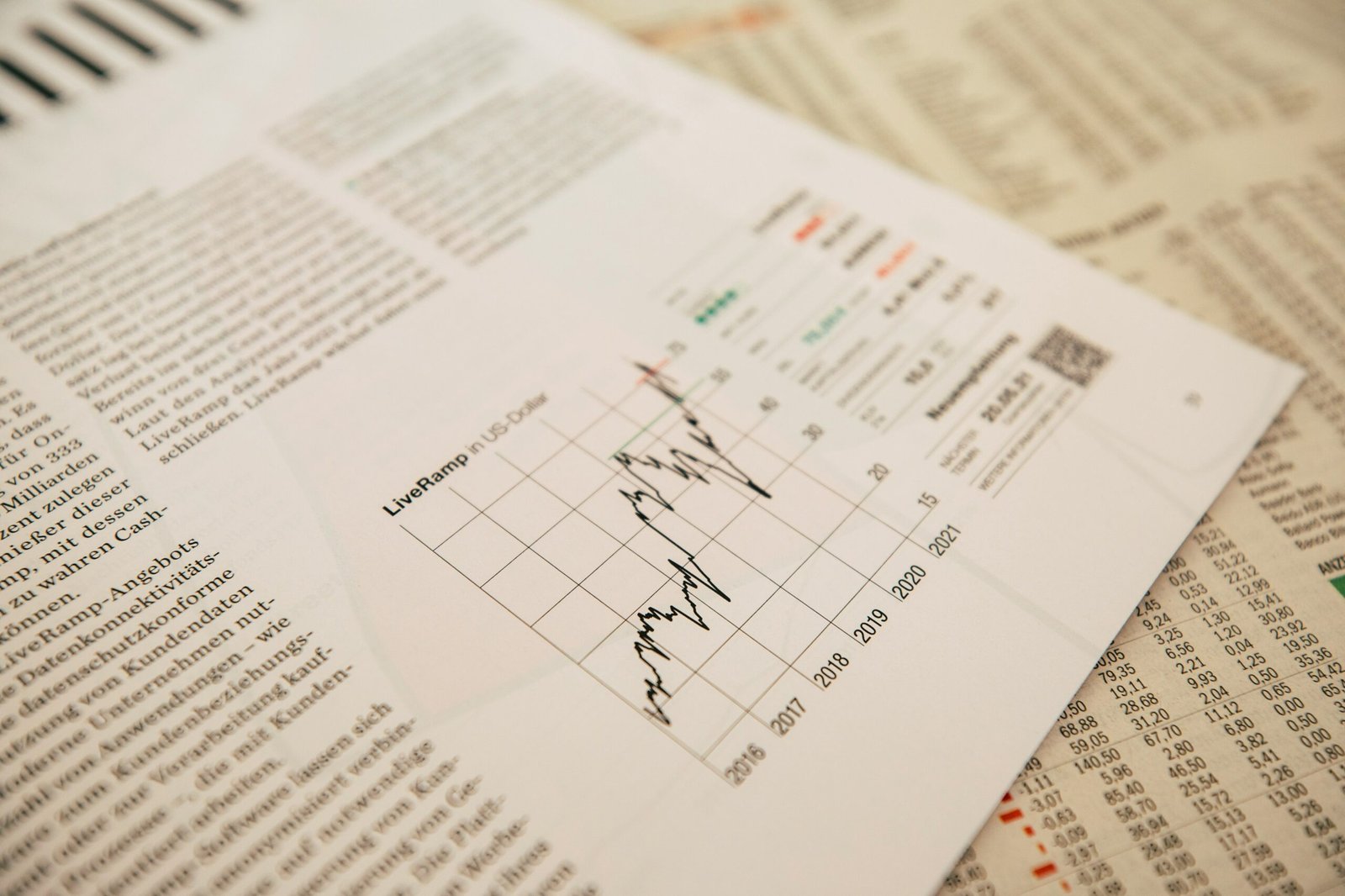Interest rates play a crucial role in the world of finance. Whether you are borrowing money or investing your savings, interest rates can significantly impact your financial decisions. But have you ever wondered what factors determine these rates? In this article, we will explore the key factors that influence interest rates and how they can affect your financial well-being.
Top 10 Fast Online Loans in Philippines – A Valid ID is All You Need Updated in July 2024
| Rank | Lender Name & Application Link | Loan Amount | Loan Term | Interest Rate | Repayment | ID Required | Age Range | Special Feature |
|---|---|---|---|---|---|---|---|---|
| #1 |
SOSCREDIT |
₱1,000 – ₱25,000 | 3 – 12 months | 0% for first loan | Monthly or End of term | Only ID Card required | 20 – 70 | Receive money in 15 mins |
| #2 |
CREDIFY |
₱1,000 – ₱25,000 | 3 – 12 months | 0% for first loan | Monthly or End of term | Only National ID required | 20 – 70 | Receive money in 15 mins |
| #3 |
CREZU |
₱1,000 – ₱25,000 | 2 – 4 months | 0% for first loan | Monthly or End of term | Only ID Card required | 18 – 70 | Easy loan approval |
| #4 |
FINBRO |
₱1,000 – ₱50,000 | 1 – 12 months | 0% for first loan | Monthly or End of term | Only ID Card required | 20 – 65 | Receive money in 10 mins |
| #5 | CREDITIFY Apply Now |
₱1,000 – ₱25,000 | 1 – 180 days | 0.1% | Monthly or End of term | Only ID Card required | All accepted | Approve Bad credit |
| #6 | CASHSPACE Apply Now |
₱1,000 – ₱25,000 | 2 – 4 months | 0% for first loan | Monthly or End of term | Only ID Card required | 18 – 70 | Easy loan approval |
| #7 | DIGIDO Apply Now |
₱1,000 – ₱25,000 | 3 – 6 months | 0% for 7 days | Monthly or End of term | Only ID Card required | 21 – 70 | Receive money in 4 mins |
| #8 | KVIKU Apply Now |
₱500 – ₱25,000 | 60 – 180 days | 1.2% per month | Monthly or End of term | Only ID Card required | 18 – 65 | Receive money in 5 mins |
| #9 | CASHEXPRESS Apply Now |
₱1,000 – ₱20,000 | 7 – 30 days | 0% for first loan | End of term | Only ID Card required | 21 – 70 | Receive money in 5 mins |
| #10 | MONEYCAT Apply Now |
₱500 – ₱20,000 | 7 – 180 days | 0% for first loan | End of term | Only ID Card required | 22 – 65 | Easy loan approval |
Economic Conditions
One of the primary factors that determine interest rates is the overall economic conditions of a country. When the economy is strong and growing, interest rates tend to be higher. This is because lenders have more confidence in the ability of borrowers to repay their loans. On the other hand, when the economy is weak, interest rates are usually lower to stimulate borrowing and spending, thus boosting economic growth.
Inflation also plays a significant role in interest rate determination. When inflation is high, lenders demand higher interest rates to compensate for the loss of purchasing power over time. Conversely, when inflation is low, interest rates tend to be lower as well.
Central Bank Policies
The policies set by central banks have a direct impact on interest rates. Central banks use various tools to manage the economy, and one of these tools is the manipulation of interest rates. By adjusting the benchmark interest rate, central banks can influence borrowing costs for individuals and businesses.
When central banks want to stimulate economic growth, they may lower interest rates to encourage borrowing and investment. Conversely, when they want to curb inflation or cool down an overheating economy, they may increase interest rates to make borrowing more expensive and reduce spending.
Creditworthiness and Risk
Individuals and businesses with a higher creditworthiness are more likely to secure loans at lower interest rates. Lenders assess the creditworthiness of borrowers by considering factors such as credit score, income stability, and debt-to-income ratio. Borrowers with a strong credit history and a low risk of defaulting on their loans are seen as less risky, and therefore, they can access loans at more favorable interest rates.
On the other hand, borrowers with a poor credit history or a higher risk of defaulting on their loans may have to pay higher interest rates to compensate for the increased risk taken by lenders. This is because lenders want to protect themselves from potential losses and ensure they are adequately compensated for the risk they are taking.
Market Forces
Market forces such as supply and demand also play a role in determining interest rates. When there is high demand for loans and limited supply of available funds, interest rates tend to rise. This is because lenders can charge higher rates when borrowers are willing to pay more for access to credit.
Conversely, when there is low demand for loans or an abundance of available funds, interest rates tend to decrease. Lenders may lower rates to attract borrowers and stimulate borrowing and economic activity.
Conclusion
Interest rates are influenced by a variety of factors, including economic conditions, central bank policies, creditworthiness, and market forces. Understanding these factors can help you make informed financial decisions and navigate the world of borrowing and investing more effectively. Whether you are planning to take out a loan or looking to invest your savings, it is essential to consider the prevailing interest rates and how they may impact your financial goals.

